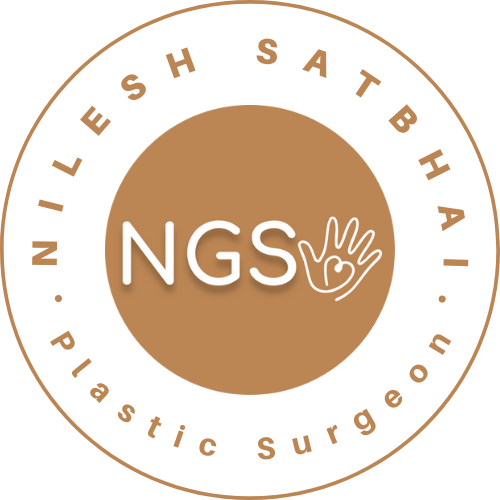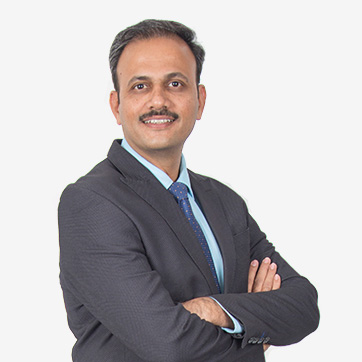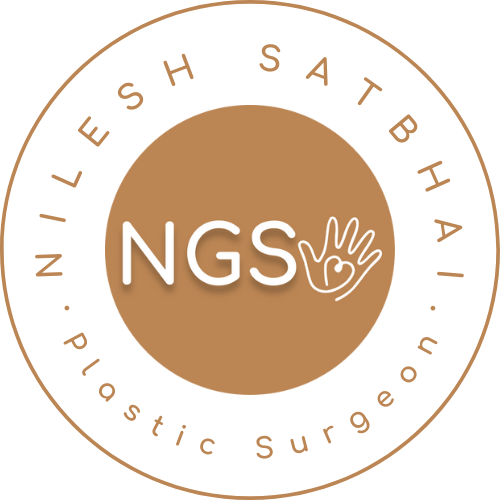How do brachial plexus injuries impact daily life?
What is the brachial plexus?
The word “brachial” denotes arm, and “plexus” means bundle. The brachial plexus is a bundle of nerves that branches off from the spinal cord in the neck region and the uppermost part of the chest. From the neck, the brachial plexus nerves spread toward the armpit and upper part of the chest, branching toward the shoulder, arm, wrist, and hand. The brachial plexus has five nerves in it. You have one brachial plexus on each side of the body.
The function of the brachial plexus
The nerves in the brachial plexus carry signals from the spinal cord to your shoulder, arm, and hand. This allows the movements of your arms, shoulders, wrist, and hands, such as raising your arm, typing, and picking things. These nerves also extend toward your skin and help you feel sensations like feeling the heat while holding a glass of hot water. Each nerve in the plexus has a different function. Therefore, the effect of an injury to the brachial plexus depends upon the nerves involved in the injury.
What are brachial plexus injuries?
Generally speaking, any injury to the nerves in the brachial plexus may result from sudden, severe trauma to the neck or shoulders. The trauma may be due to vehicle accidents, falls, blows, sharp injuries, or gunshots.
The damage to the nerves after the trauma may be partial or complete. The injury is partial when the nerve damage involves one or a few nerves or nerve fibers. The injury is complete when the complete brachial plexus nerve bundle is torn. The injury may result from:
- Forcible pulling of the arm
- Excessive forcible stretching of the arm
- Forcibly pulling the head and neck away from the shoulders
- Injury to babies in the birth passage
You may feel specific symptoms depending on which of the five nerves in the plexus is involved in the injury. These symptoms may be:
- Pain in the hand, arm, and shoulder
- Inability to feel sensations in the arm like temperature and touch
- Loss of movements of the arm, shoulder, or hand
- Weakness and reduced muscle control in the arm
In newborn babies with brachial plexus injury, there may be no movement in the arm.
Types of brachial plexus injuries
Different types of brachial plexus injuries are:
Stretch
This occurs when there is damage to the covering sheath of the nerves affecting the sensations in the arms or hands. It may heal on its own or may need assistance from physical therapy.
Rupture
In this type of injury, there may be partial or complete tearing of the nerves in the brachial plexus due to a highly forceful stretch of the nerves in the plexus.
Avulsion
Avulsion of the nerves happens when the nerves are completely torn away from the spinal cord. You shall need surgery to repair the rupture or avulsion of the nerves.
How do brachial plexus injuries disrupt daily activities?
The impact of brachial plexus injuries on the daily activities of people can be quite severe. They can result in disability to do complex functions of the hand, arm, or shoulder. For example, the daily tasks of self-care, which were natural and spontaneous earlier, may become problematic after a brachial plexus injury. The reduced muscle control may lead to the inability to use hands even for minor tasks such as holding a cup. People with these injuries may experience difficulty lifting their arms or performing basic tasks, such as bathing and dressing. They may also struggle to reach or grab objects that are just out of their grasp. Additionally, brachial plexus injuries can cause pain and discomfort in the affected areas, which can make it difficult to concentrate on activities that require coordination or concentration.
Such injuries may lead to economic hardships and mental effects like depression, frustration, and low self-esteem. Eventually, it may cripple the physical, economic, mental, and social capacities of the patient.
How can brachial plexus injuries be prevented?
Brachial plexus injuries usually result from a forceful movement or trauma. In newborns, they result from injury during birthing. You may prevent this by:
- Practicing safety measures while playing sports like rugby, football, or wrestling
- Avoiding high-speed or reckless driving
- Ensuring safe birthing practice
How can brachial plexus injuries be treated?
There are several treatment options available for people with brachial plexus injuries. These may include:
Non-surgical treatment
This is advised when the brachial plexus injury is mild, and the nerves have a good chance of healing with time. There might be damage to the nerve sheath only. The doctor may advise:
- Resting your arm and shoulder
- Avoiding strenuous activities
- Physical therapy to avoid joint stiffness, maintain the range of motion, and strengthen the muscles
- Pain control medicines
Surgical treatment
The type of reconstructive brachial plexus surgery procedure to be performed depends upon the severity and type of injury, and how much time has elapsed since the injury. Some of the types of procedures are:
- Neurolysis
- Nerve repair
- Nerve graft
- Nerve transfer
- Muscle transfer
- Tendon transfer
Nerves take a long time to heal, ranging from a few weeks to several months. The recovery varies according to the severity of the injury and the time lapse between the injury and treatment. Starting the treatment earlier makes a huge difference in the eventual outcome. The surgical treatment results in the restoration of activities of daily living like lifting things and driving. Greater functionality may be restored following the rehabilitation program.
Dr. Nilesh Satbhai , a Board-Certified plastic and reconstructive surgeon in Mumbai, has many years of experience with treating brachial plexus injuries. Dr. Nilesh works with each patient to determine the best course of treatment based on their individual symptoms and medical history.
If you are experiencing any of the symptoms associated with brachial plexus injuries, Dr. Nilesh can help. Book your appointment today by contacting Dr. Nilesh Satbhai at 022-67670101 or plasticsurgerymumbai@gmail.com .






